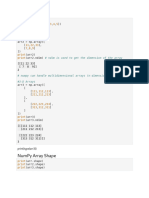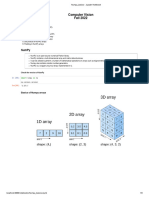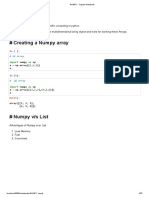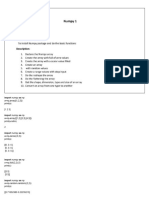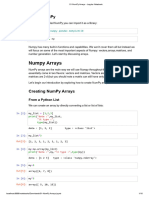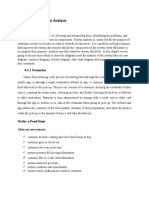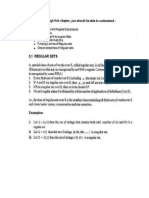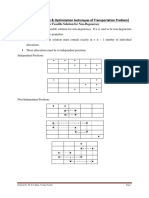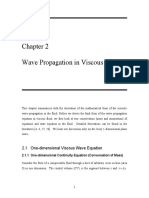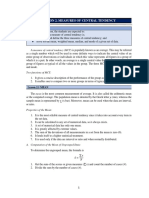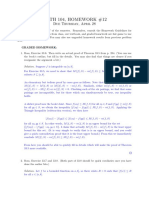0% found this document useful (0 votes)
43 views27 pagesNumpy
The document discusses various functions and properties of the NumPy library in Python. NumPy is used for numerical operations on large multidimensional arrays and matrices. It introduces common functions like zeros, ones, random, concatenate, split, sort, and properties like shape, size, dtype.
Uploaded by
Soll HaileCopyright
© © All Rights Reserved
We take content rights seriously. If you suspect this is your content, claim it here.
Available Formats
Download as PDF, TXT or read online on Scribd
0% found this document useful (0 votes)
43 views27 pagesNumpy
The document discusses various functions and properties of the NumPy library in Python. NumPy is used for numerical operations on large multidimensional arrays and matrices. It introduces common functions like zeros, ones, random, concatenate, split, sort, and properties like shape, size, dtype.
Uploaded by
Soll HaileCopyright
© © All Rights Reserved
We take content rights seriously. If you suspect this is your content, claim it here.
Available Formats
Download as PDF, TXT or read online on Scribd
/ 27










